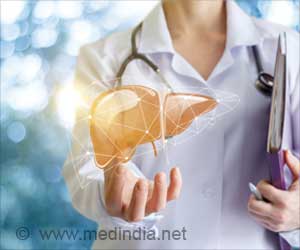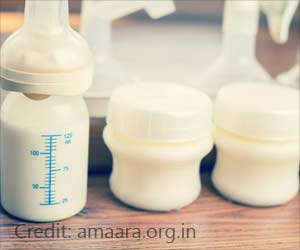A collaborative study has suggested that asking emergency department patients about their alcohol use and talking to them about how to reduce harmful drinking patterns.
A collaborative study has suggested that asking emergency department patients about their alcohol use and talking to them about how to reduce harmful drinking patterns, is an effective way to lower the rates of risky drinking in these patients.
In the study, supported by National Institute on Alcohol Abuse and Alcoholism (NIAAA) and the Substance Abuse and Mental Health Services Administration (SAMHSA), emergency department patients who underwent a regimen of alcohol screening and brief intervention reported lower rates of risky drinking at a three-month follow-up than did those who received only written information about reducing their drinking.“This encouraging finding raises the prospect of reaching many individuals whose alcohol misuse might otherwise go untreated,” said Ting-Kai Li, M.D. of NIAAA.
“These new findings underscore the importance of using the American Medical Association health care codes for substance abuse screening and brief intervention,” said Terry Cline, Ph.D, of SAMHSA.
For the study, researchers at 14 university-based emergency centres throughout the U.S. used a brief questionnaire to assess the alcohol use patterns of 7,751 emergency patients, regardless of whether they had signs of alcohol use on admission.
They found that more than one-fourth of the patients exceeded the limits for low-risk drinking, defined by NIAAA as no more than: four drinks per day for men and three drinks per day for women; and not more than 14 drinks per week for men, and seven drinks per week for women.
More than 1,100 patients who exceeded these limits agreed to continue to participate in the study and were divided into intervention and control groups. The study involved patients with all levels of risky drinking and visit type.
“This study demonstrates that a broad group of emergency practitioners can learn how to perform the intervention and that it is effective across multiple practice sites. The emergency department visit is often the only access to care for many patients and thus is an ideal opportunity to begin the conversation regarding unhealthy alcohol use,” said co-author Gail D’Onofrio, M.D., professor and chief of emergency medicine at Yale University.
The study appears in the December 2007 issue of the Annals of Emergency Medicine.
Source-ANI
KAR/M
 MEDINDIA
MEDINDIA
 Email
Email







